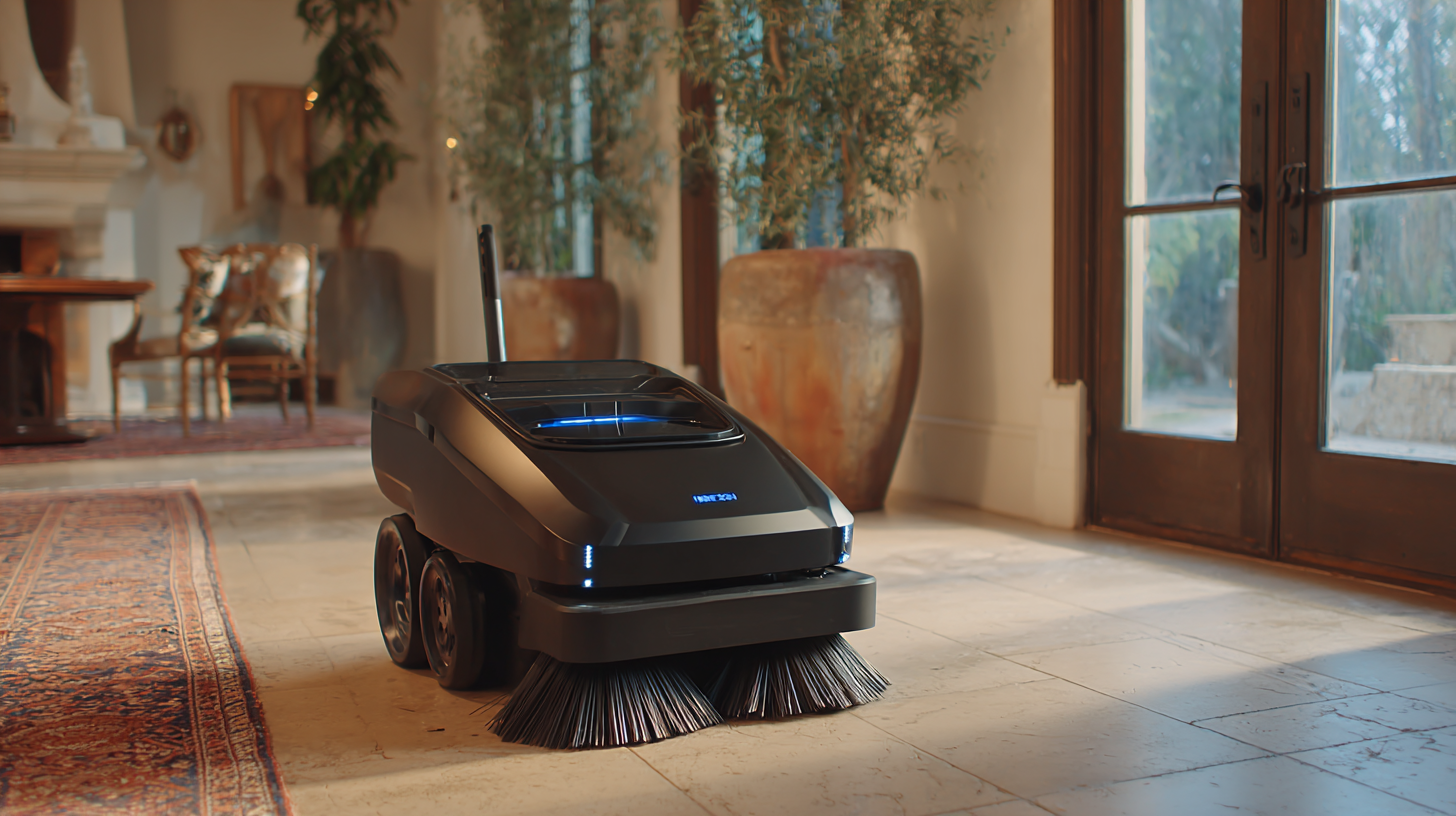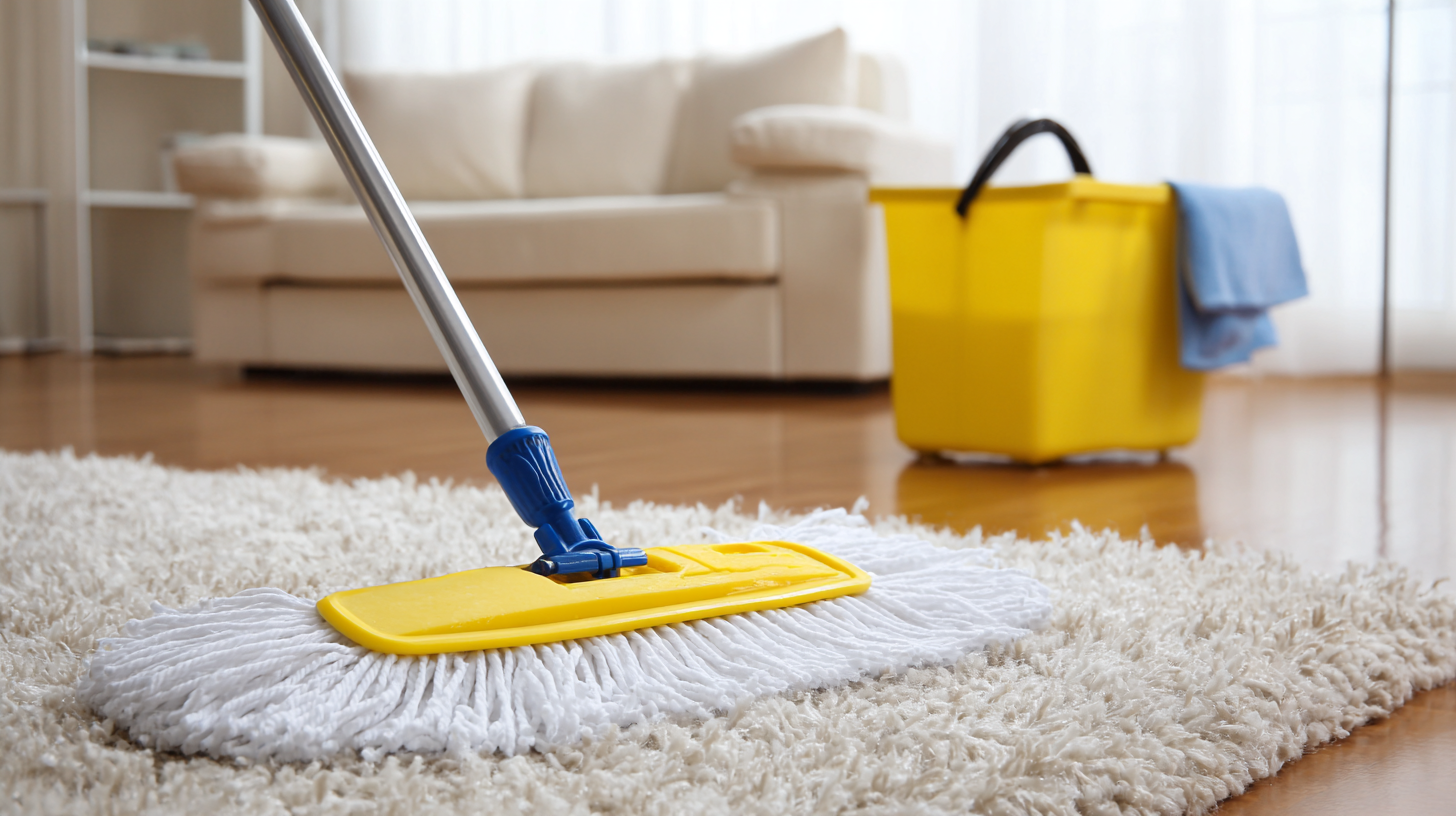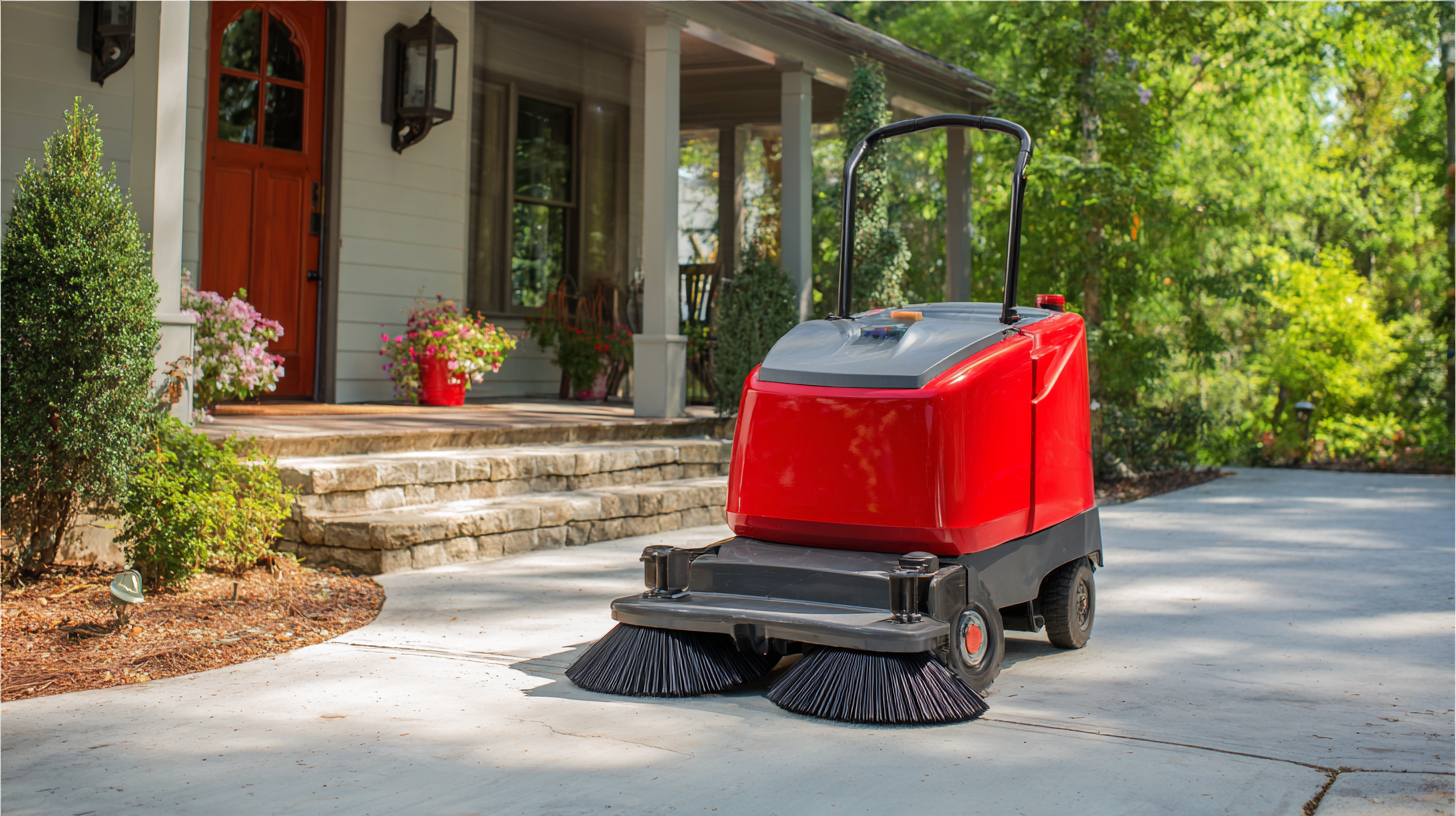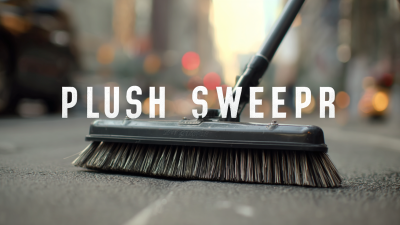Are you tired of spending hours cleaning your home with traditional brooms and vacuums? It's time to revolutionize your cleaning routine with the innovative Push Sweeper! This ultimate guide is designed to introduce you to the world of Push Sweepers, an efficient and versatile cleaning tool that can transform the way you tackle dirt and debris. Whether you have a small apartment or a large family home, there is a Push Sweeper perfect for your needs. We will explore the various types of Push Sweepers available, their features, and how they can save you time and effort in your daily cleaning tasks. With the right Push Sweeper, you can make your cleaning routine not only faster but also more enjoyable. Say goodbye to back-breaking sweeping and hello to a cleaner, more organized home with the help of this ultimate guide!

Push sweepers are becoming a must-have tool in many households, offering significant advantages over traditional cleaning methods. Research from the International Cleaning Association indicates that using push sweepers can reduce cleaning time by up to 30%, allowing homeowners to spend less time on chores and more time on leisure activities. These devices efficiently collect debris and dirt from both hard surfaces and outdoor areas, streamlining the cleaning process while ensuring a spotless environment.
Additionally, push sweepers are environmentally friendly and energy-efficient. Many models operate without electricity, relying purely on manual pushing power, which not only decreases energy consumption but also contributes to reducing carbon footprints. According to a report by the Green Cleaning Network, adopting greener cleaning solutions, such as push sweepers, can lead to a reduction in harmful pollutants by up to 50% in residential settings. This eco-friendly approach not only enhances indoor air quality but also promotes a healthier living space for families, showcasing why push sweepers are an essential component of modern cleaning routines.
Choosing the right push sweeper for your floors involves understanding the unique needs of your space. Start by considering the type of flooring in your home. Hard surfaces like tile and hardwood require different brush types and materials than carpets or area rugs. A sweeper with soft bristles is ideal for delicate floors, whereas a robust design may be better suited for outdoor use or thicker carpets. Evaluate the size of your areas too—both the dimensions and the frequency of cleaning they require.

Next, think about the features that enhance usability and efficiency. Look for models with adjustable handles for comfort, and examine the debris collection system—whether it’s a bag or a bin, easy emptying can save you time. Maneuverability is crucial; a lightweight design with swivel steering will make cleaning easier, especially in tight corners. Battery life or corded options may also influence your decision, so consider how often you’ll use the sweeper and where you’ll store it when not in use. By assessing these factors, you can find a push sweeper that fits seamlessly into your cleaning routine.
Maintaining a push sweeper effectively can significantly extend its longevity and enhance its cleaning performance. Firstly, regular check-ups are essential. Periodically inspect the sweeper for dirt buildup, particularly in the brushes and around the wheels, as neglecting this can lead to reduced efficiency and even damage. It's advisable to clean the brushes and empty the dust container after every use to prevent debris from causing blockages or wear.
Additionally, paying attention to the battery and motor is crucial for battery-operated models. Ensure that the battery is charged correctly and stored in a cool, dry place when not in use. Keeping the motor free of dust and debris not only prolongs its life but also ensures optimal performance. Lubricating moving parts as recommended by the manufacturer can also help prevent friction-related wear, contributing to a longer service life for your push sweeper. By following these maintenance tips, you can enjoy a well-functioning cleaning tool for many years to come.
| Feature | Description | Maintenance Tips | Expected Lifespan |
|---|---|---|---|
| Type | Manual and powered options available | Regularly check and clean moving parts | 5-10 years depending on usage |
| Material | Constructed from durable plastic and metal | Store in a dry place to avoid rust | 7-10 years |
| Weight | Varies from lightweight to heavy-duty | Maintain even weight distribution for ease of use | 5-8 years |
| Brush Type | Soft bristles for delicate surfaces, stiff bristles for rough areas | Replace brushes as needed to maintain efficiency | 3-5 years for brushes |
| Cleaning Efficiency | Can pick up debris, dirt, and leaves effectively | Empty collection bins regularly and avoid blockages | Longevity dependent on maintenance |
When it comes to maintaining cleanliness in various spaces, employing the right techniques with push sweepers can make all the difference. According to a report by the International Sanitary Supply Association (ISSA), effective floor maintenance not only improves visual appeal but can also enhance the lifespan of flooring by up to 30%. For residential areas, utilizing a push sweeper designed for smaller surfaces can allow homeowners to efficiently collect debris while minimizing the disruption of existing furnishings. Focus on sweeping in a systematic pattern, such as the "S" motion, to ensure thorough coverage and optimal dirt collection.

In commercial settings, the adoption of push sweepers can significantly boost productivity. A study published in the Cleaning Industry Research Institute (CIRI) indicates that incorporating mechanized sweeping can reduce cleaning time by up to 60%, particularly in larger environments like warehouses and retail spaces. Implementing techniques such as maintaining a consistent speed and adjusting the sweeper to the surface type (hardwood, carpet, or rough terrain) can maximize efficiency. These practices not only streamline the cleaning routine but also enhance the overall cleanliness and safety of the environment, making it crucial for businesses to invest in high-quality push sweepers tailored to their specific needs.
Maximizing the effectiveness of your push sweeper routine requires a strategic approach that enhances both efficiency and cleanliness. First, it's essential to choose the right push sweeper for your specific cleaning needs. Consider factors such as the surface type and the size of the area to be covered. For instance, a wide sweeper may be beneficial for large outdoor spaces, while a compact model is ideal for tight indoor areas. Familiarizing yourself with the features and adjustments of your sweeper can significantly impact its performance.
Once you've selected the appropriate sweeper, developing a consistent cleaning schedule is crucial. Regular use will not only keep your spaces tidy but also prolong the lifespan of the equipment. Engage in a systematic sweeping method, working in a consistent pattern to avoid missed spots. Additionally, ensure that your sweeper is well-maintained; clean the brushes and empty the debris container frequently to maintain optimal suction and efficiency. Incorporating these practices into your cleaning routine will maximize the effectiveness of your push sweeper, leading to a cleaner and more organized home environment.
This chart illustrates the average time spent using push sweepers for various cleaning routines around the home. The data shows that deep cleaning requires the most time, while quick clean sessions are the most efficient.





